Home / All Recipes / Indonesian / Indonesian Marbled Spiced Eggs
Indonesian Marbled Spiced Eggs
Telur pindang is a really simple dish of hard-boiled eggs braised in a blend of spices and herbs. The marbled patterns make this humble dish extra special.
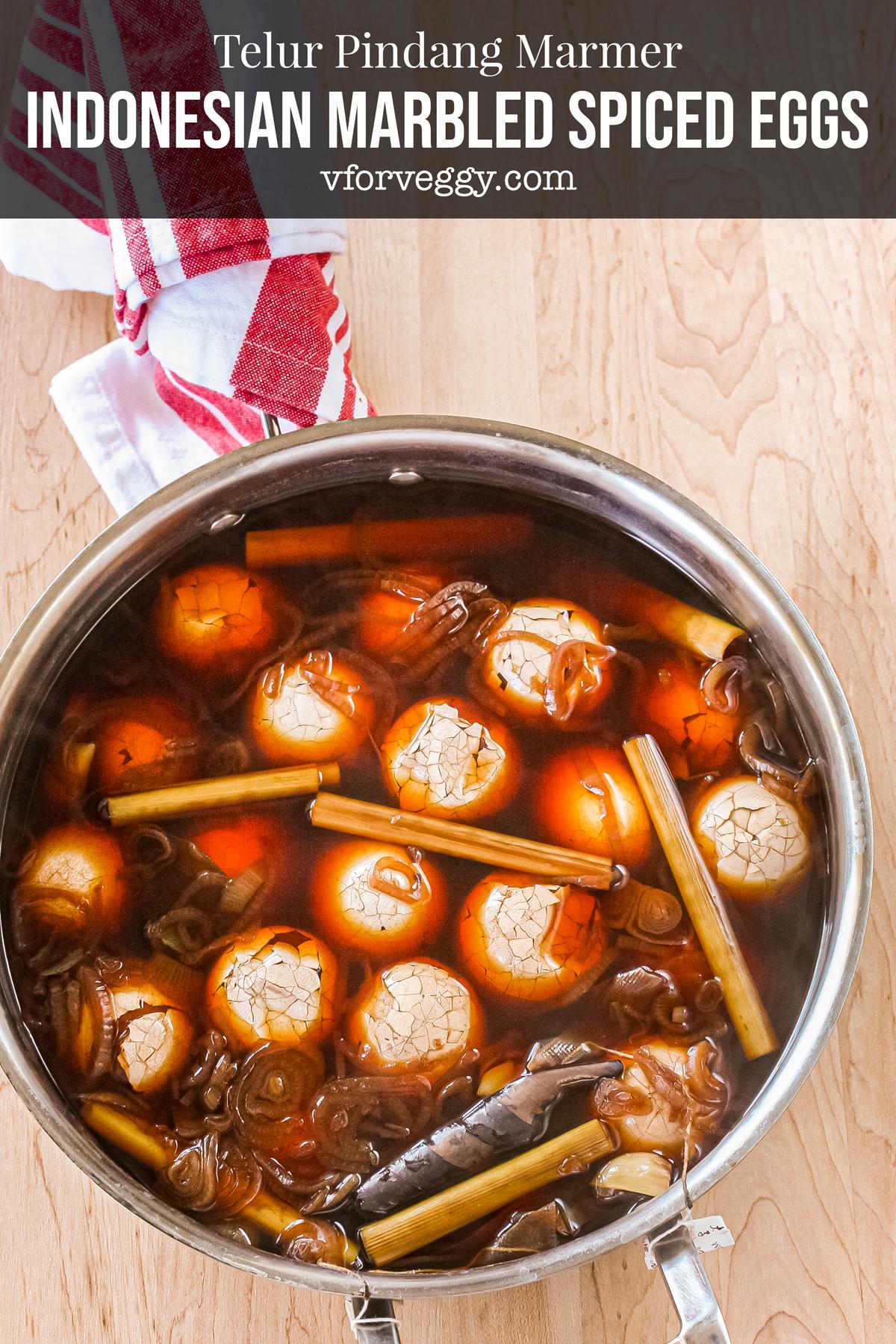
If you are familiar with Chinese tea eggs, then Indonesian telur pindang (braised eggs) is a very similar dish. In fact, Indonesian telur pidang is an evolution of Chinese tea eggs created by Chinese migrants and today is considered part of Indonesian cuisine.
What are the spices and herbs to prepare telur pindang?
The spices and herbs use in telur pindang are unique and totally different from Chinese tea eggs.
Instead of tea to tint the eggs brown, telur pindang relies instead on teak leaves (Indonesian: daun jati), guava leaves (Indonesian: daun jambu biji), and shallot skins (Indonesian: kulit bawang merah).
Since it is highly unlikely anyone will be able to get these ingredients outside of Indonesia (except for shallot skins!), I recommend using black tea leaves for color instead. :)
Aside from the three ingredients I mentioned above, telur pindang also relies on these following spices and herbs:
Indonesian bay leaves (Indonesian: daun salam). This is not the same as regular bay leaves and is best omitted if you don’t have them.
Kaffir lime leaves (Indonesian: daun jeruk). You can sub 1 kaffir lime leaves with fresh lime zest from 1 lime.
Lemongrass (Indonesian: sereh). To use, please bruise the lemongrass. Here is how to do it: please remove the outer green layers to reveal the inner white portions, cut away the top parts, then grab a hammer (like a meat tenderizer) and whack the bottom bulbous white part. Now the lemongrass is “bruised”.
You will also need garlic, shallots, sweet soy sauce (Indonesian: kecap manis), salt, and sugar.
If you wish, you can even add 1" of fresh ginger and 1" of fresh galangal into the spice blend.
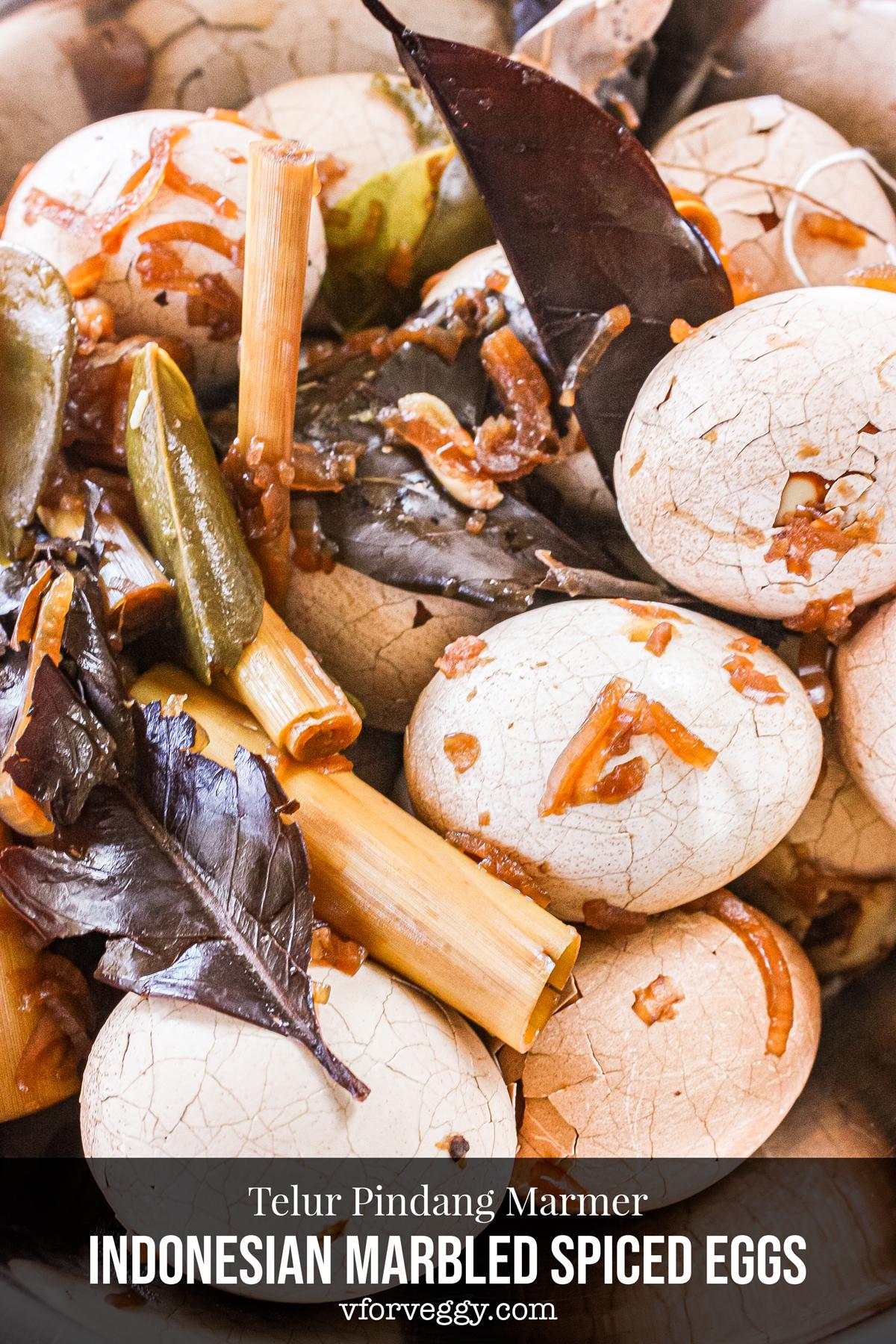
How to cook to telur pindang
1. Make hard-boiled egg
The most straightforward way to make hard-boiled eggs is to place cold raw eggs in a pot, top with 2 inches of tap water, then bring to a rolling boil over medium-high heat. Then turn off the heat, cover the pot, and wait 12 minutes. Immediately drain and wash the eggs under cold water until cool enough to handle. And they are done!
2. Prepare the eggs
Since we want a marbled pattern, we will need to create cracks on the eggshells. Do this by gently tapping the shell of each hard-boiled eggs with the back of a spoon to create cracks.
3. Braise with spices and herbs
Place the cracked hard-boiled eggs and the rest of the ingredients in a saucepot and bring to a boil. Reduce to a simmer and keep cooking until the sauce is reduced. About 2 hours.
4. Remove the shells and serve
Turn off heat, remove the eggs from the broth. Once cool enough to handle, peeled the shells to reveal pretty marble patterns. Served immediately.
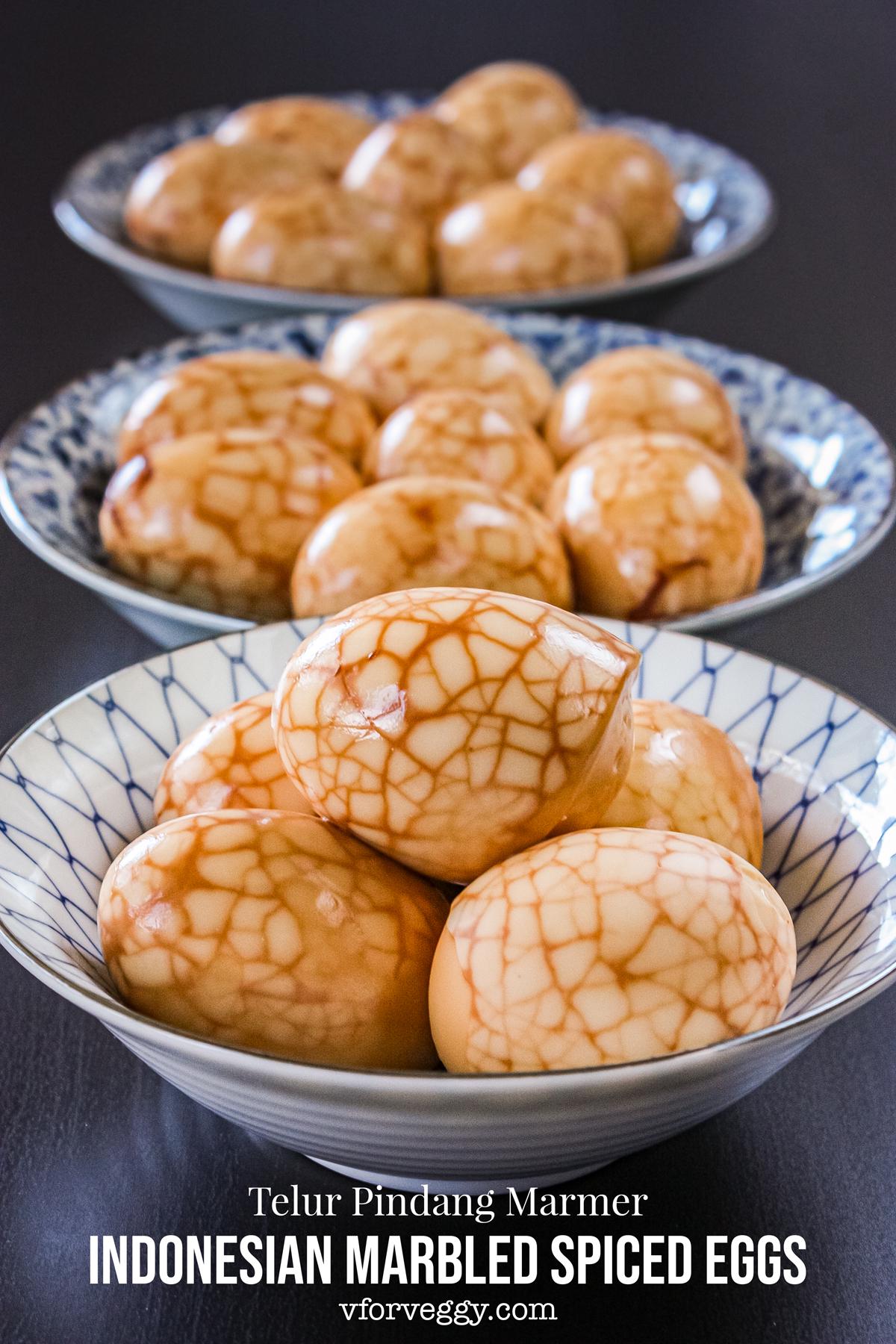
What to serve with telur pindang
Chinese tea eggs are usually enjoyed as snacks, but Indonesian telur pindang is usually part of a rice meal.
For example, in Yogyakarta, telur pindang is served with gudeg, krecek, opor ayam, and rice in a nasi gudeg meal set.
You may also spot telur pindang in a nasi liwet meal set from the city of Solo. This set usually consists of nasi liwet, ayam suwir santan, and tumis labu siam.
Most of the times, I just make these eggs to be served with steamed white rice. I don’t usually bother with preparing a specific set meal since these are so delicious to be enjoyed on their own. :)
Indonesian Marbled Spiced Eggs
Ingredients
- 12 eggs, hard boiled (shell intact)
- 2 bags/pouched black tea
- 2 cloves garlic, minced
- 50 gram shallots, minced
- 2 Indonesian bay leaves (Indonesian: daun salam)
- 4 kaffir lime leaves (Indonesian: daun jeruk)
- 1 lemongrass (Indonesian: sereh), bruised
- 600 ml water
- 1 tablespoon Indonesian sweet soy sauce (Indonesian: kecap manis)
- 1 tablespoon salt
- 2 teaspoon sugar
Instructions
- Make hard-boiled egg. The most straightforward way to make hard-boiled eggs is to place cold raw eggs in a pot, top with 2 inches of tap water, then bring to a rolling boil over medium-high heat. Then turn off the heat, cover the pot, and wait 12 minutes. Immediately drain and wash the eggs under cold water until cool enough to handle. And they are done!
- Prepare the eggs. Since we want a marbled pattern, we will need to create cracks on the eggshells. Do this by gently tapping the shell of each hard-boiled eggs with the back of a spoon to create cracks.
- Braise with spices and herbs. Place the cracked hard-boiled eggs and the rest of the ingredients in a saucepot and bring to a boil. Reduce to a simmer and keep cooking until the sauce is reduced. About 2 hours.
- Remove the shells and serve. Turn off heat, remove the eggs from the broth. Once cool enough to handle, peeled the shells to reveal pretty marble patterns. Served immediately.
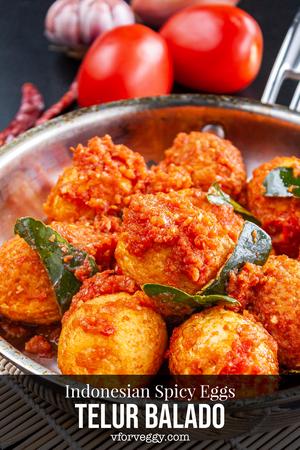
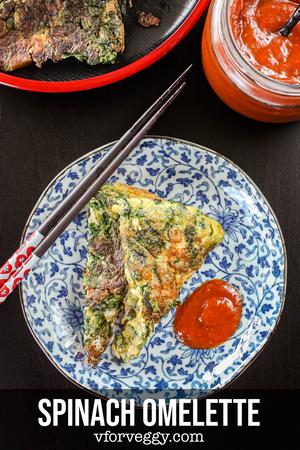
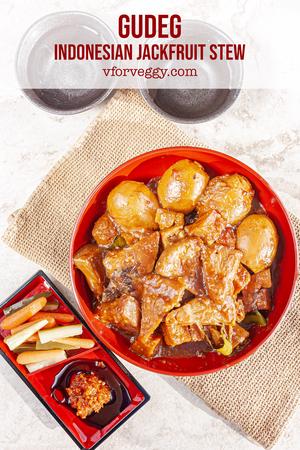
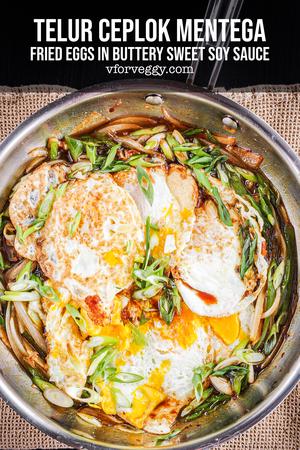
Comments
I don't cook with lemongrass very often and I am unfamiliar with what it means to bruise the lemongrass. Can you explain this to me, please.
Certainly! Here is how to do it: please remove the outer green layers of the lemongrass to reveal the inner white portions, cut away the top parts, then grab a hammer (like a meat tenderizer) and whack the bottom bulbous white part. Now the lemongrass is "bruised". :)
We made these last night and the marbling effect came out so well! They were a big hit with my family!
I have never had these but they sure do sound amazing. I'm intrigued for sure. I'm going to give them a go.
This is one of the most beautiful dishes I've come across. I love marbled eggs...this is a dish I cannot wait to make. Perfect winter meal...so cozy and warming.
Black Tea, lime leaves and lemongrass sound so good together.
bruise means hammer it but gently, slowly , little damage/little crash it. The purpose it to let the taste come out
Hi what kind of black tea i should use?
Hi Mei, I usually use Assam black tea, but you can use any similar black tea. Try to avoid black tea with too much of a pronounced flavor like Earl Gray.
Leave a comment